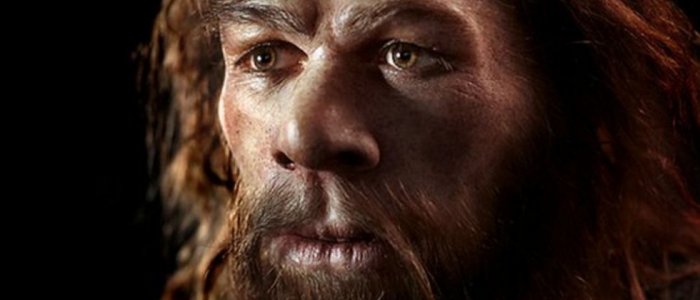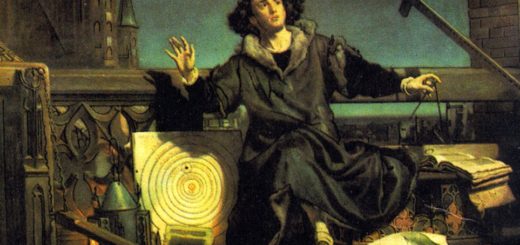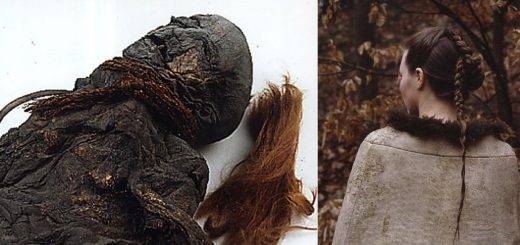Mysterious Ancient Human ‘Ghost’ Species Discovered With Help Of Saliva
Past studies have revealed that forebears of modern humans in Asia and Europe interbred with other early hominin species, including Neanderthals and Denisovans.
Researchers have now found evidence of a “ghost” species of archaic humans. These unknown beings may have contributed genetic material to ancestors of people living in Sub-Saharan Africa today.
“It seems that interbreeding between different early hominin species is not the exception — it’s the norm,” says Omer Gokcumen, PhD, an assistant professor of biological sciences in the University at Buffalo College of Arts and Sciences.
“Our research traced the evolution of an important mucin protein called MUC7 that is found in saliva,” he says. “When we looked at the history of the gene that codes for the protein, we see the signature of archaic admixture in modern day Sub-Saharan African populations.”

The scientists came upon their findings while researching the purpose and origins of the MUC7 protein, which helps give spit its slimy consistency and binds to microbes, potentially helping to rid the body of disease-causing bacteria.
As part of this investigation, the team examined the MUC7 gene in more than 2,500 modern human genomes. The analysis yielded a surprise: A group of genomes from Sub-Saharan Africa had a version of the gene that was wildly different from versions found in other modern humans.
The Sub-Saharan variant was so distinctive that Neanderthal and Denisovan MUC7 genes matched more closely with those of other modern humans than the Sub-Saharan outlier did.
“Based on our analysis, the most plausible explanation for this extreme variation is archaic introgression — the introduction of genetic material from a ‘ghost’ species of ancient hominins,” Gokcumen says. “This unknown human relative could be a species that has been discovered, such as a subspecies of Homo erectus, or an undiscovered hominin. We call it a ‘ghost’ species because we don’t have the fossils.”
Given the rate that genes mutate during the course of evolution, the team calculated that the ancestors of people who carry the Sub-Saharan MUC7 variant interbred with another ancient human species as recently as 150,000 years ago, after the two species’ evolutionary path diverged from each other some 1.5 to 2 million years ago.
The research adds to a growing body of evidence suggesting that sexual rendezvous between different archaic human species may not have been unusual.



 Creators of mankind
Creators of mankind Description of “Tall white aliens”
Description of “Tall white aliens” Where they came from?
Where they came from? About hostile civilizations
About hostile civilizations The war for the Earth
The war for the Earth “Tall white aliens” about eternal life
“Tall white aliens” about eternal life Video: “Nordic aliens”
Video: “Nordic aliens” Aliens
Aliens Alien encounters
Alien encounters The aliens base
The aliens base UFO
UFO Technology UFO
Technology UFO Underground civilization
Underground civilization Ancient alien artifacts
Ancient alien artifacts Military and UFO
Military and UFO Mysteries and hypotheses
Mysteries and hypotheses Scientific facts
Scientific facts


















